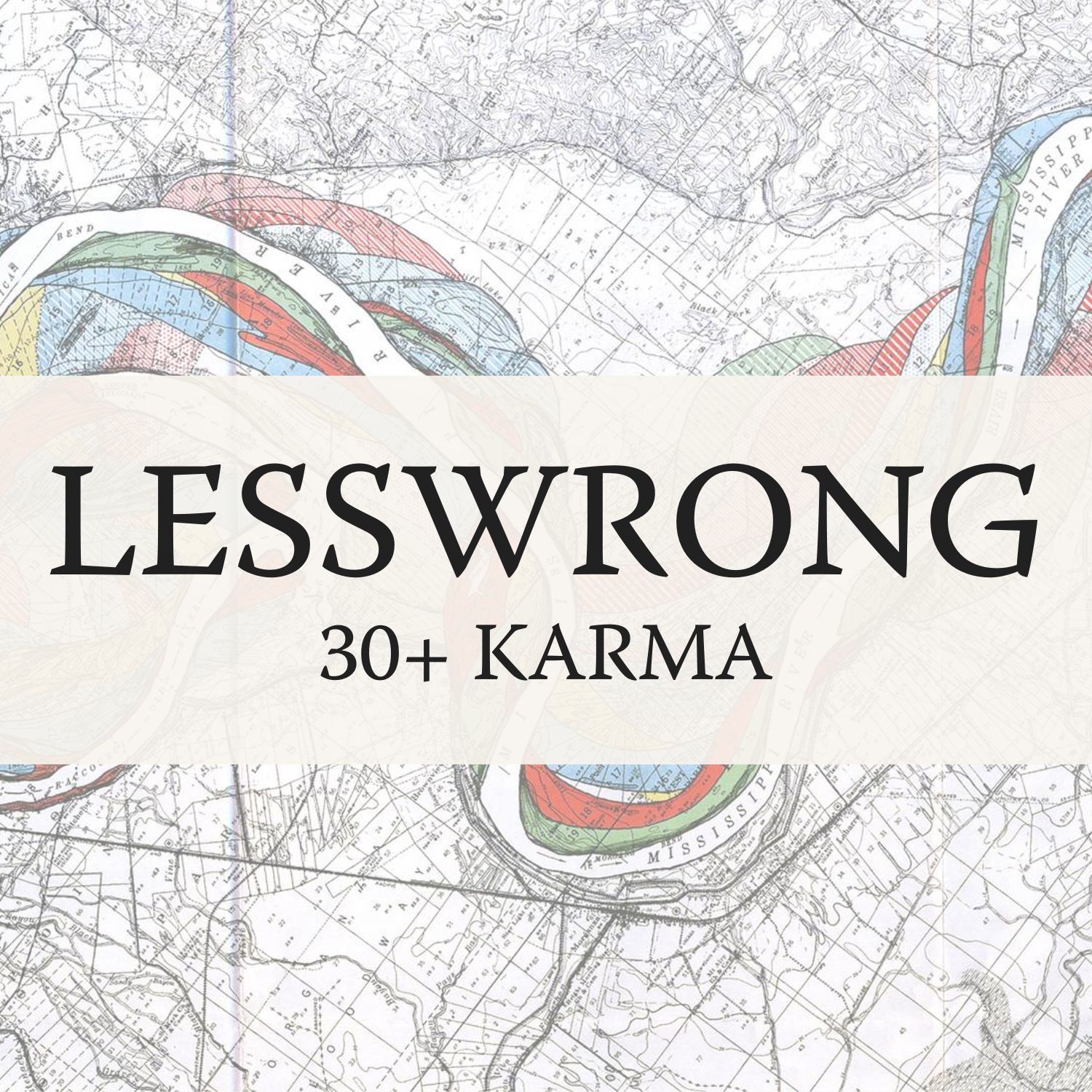
“Neuroscience of human social instincts: a sketch” by Steven Byrnes

LessWrong (30+ Karma)
Shownotes Transcript
(If you’re in a hurry, you can just read the “Background and summary” section, and skip the other 85%.)
** 0. Background and summary**
** 0.1 Background: What's the problem and why should we care?** My primary neuroscience research goal for the past couple years has been to solve a certain problem, a problem which has had me stumped since the very beginning of when I became interested in neuroscience at all (as a lens into Artificial General Intelligence safety) back in 2019. In this post I offer a hypothesis for what the solution might generally look like, at least in the big picture. I don’t have all the details pinned down, but I feel like this post is major progress. (Unless it's all wrong! Like the last one was.[1] Very happy for feedback!) What is this grand problem? As described in Intro to Brain-Like AGI Safety, I believe the following:
[...]
Outline:
(00:13) 0. Background and summary
(00:18) 0.1 Background: What's the problem and why should we care?
(03:43) 0.2 Summary of the rest of the post
(08:10) 0.3 Confidence level
(08:52) 1. Ingredient 1: Innate sensory heuristics in the Steering Subsystem
(10:27) 1.1 Ingredient 1A: Innate sensory heuristics for conspecific detection in particular
(11:29) 1.2 Neuroscience details
(13:07) 2. Ingredient 2: Generalization via short-term predictors
(16:09) 2.1 Neuroscience details
(17:23) 3. Ingredient 3: Tailoring learned models via involuntary attention and learning rate
(17:43) 3.1 What does the orienting reflex do?
(20:30) 3.1.1 Side note: Transient attentional gaps are more common, and harder to notice, than you realize
(22:17) 3.2 Combining attention with time-variable learning rates
(25:25) 3.3 Neuroscience details
(26:33) 4. Ingredient 4: Reading out transient empathetic simulations
(30:18) 4.1 So, the “thinking of a conspecific” flag is also a “this is an empathetic simulation” flag?
(33:10) 4.2 Neuroscience details
(34:42) 5. Hypothesis: a “compassion / spite circuit”
(35:04) 5.1 The “Conspecific seems to be feeling (dis)pleasure” signal
(36:36) 5.2 The “friend (+) vs enemy (–)” parameter
(39:13) 5.2.1 Evolution and zoological context
(41:49) 5.2.2 Neuroscience details
(42:19) 5.3 Phasic physiological arousal
(43:41) 5.3.1 Neuroscience details
(45:22) 5.4 Generalization via short-term predictors
(45:53) 6. The “compassion / spite circuit” also causes a “drive to feel liked / admired”
(46:49) 6.1 Key idea: My “compassion / spite circuit” is disproportionately active and important while the conspecific is thinking about me-in-particular
(47:00) 6.1.1 Starting example: Innate sensory heuristics for receiving eye contact
(48:22) 6.1.2 Generalization: Innate sensory heuristics fire strongly upon being the target of an orienting reflex
(49:18) 6.1.3 Another example: Somebody deliberately getting my attention
(49:57) 6.2 If the same circuit drives both compassion and “drive to feel liked / admired”, why aren’t they more tightly correlated across the population?
(52:33) 6.3 Whose admiration do I crave?
(56:11) 7. Other examples of social instincts
(58:44) 7.1 “Drive to feel feared” (a.k.a. “drive to receive submission”)
(01:01:07) 8. Conclusion
The original text contained 14 footnotes which were omitted from this narration.
The original text contained 11 images which were described by AI.
First published: November 22nd, 2024
Source: https://www.lesswrong.com/posts/kYvbHCDeMTCTE9TAj/neuroscience-of-human-social-instincts-a-sketch)
---
Narrated by TYPE III AUDIO).
Images from the article:
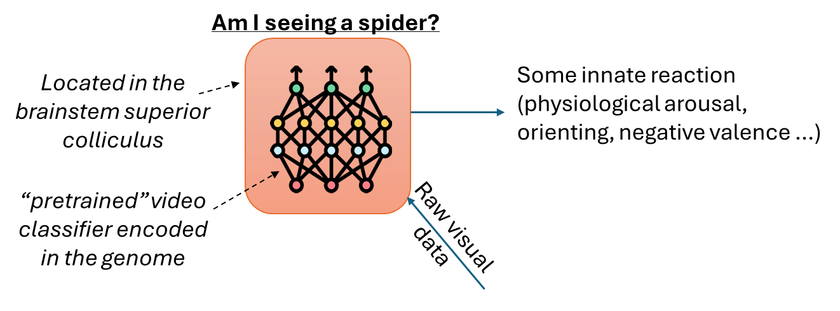 )
) )
)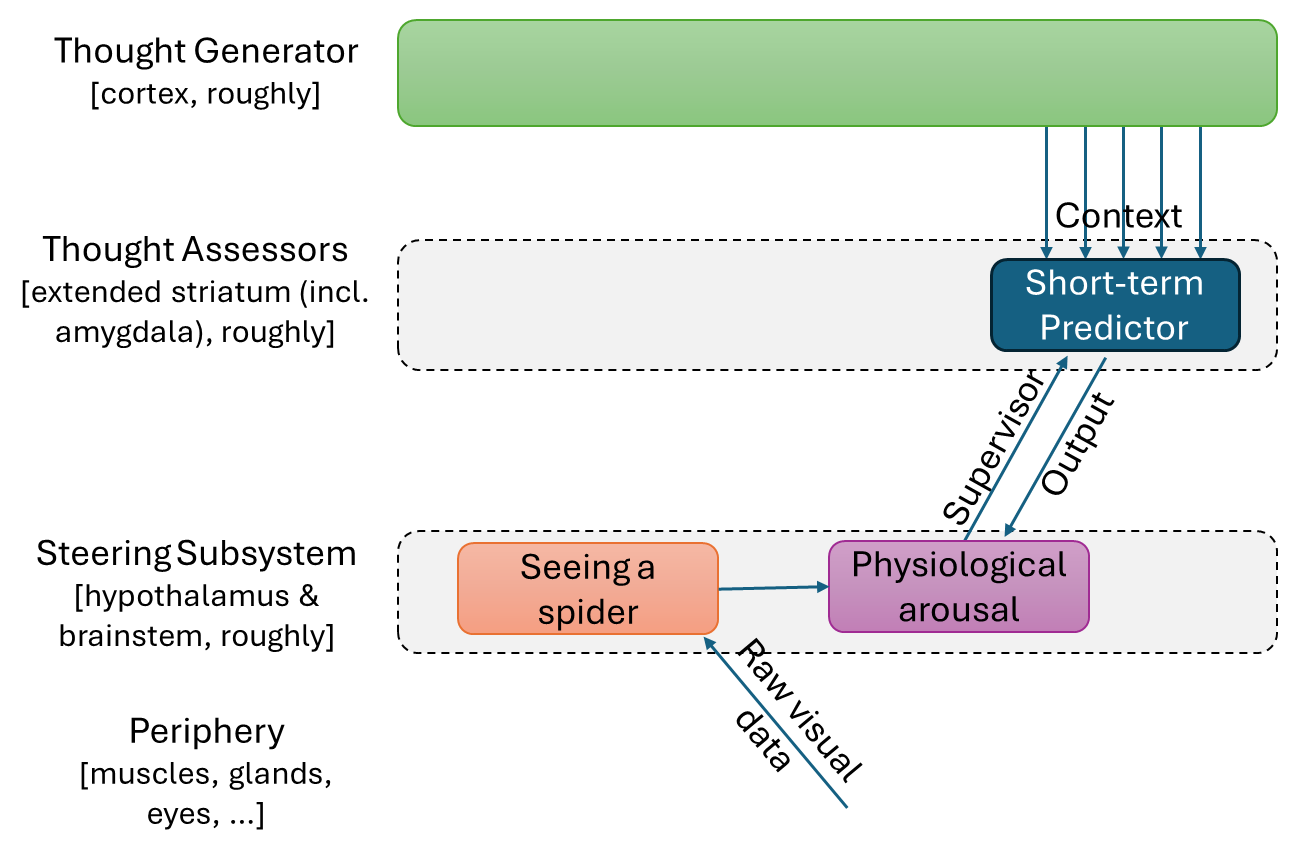 )
)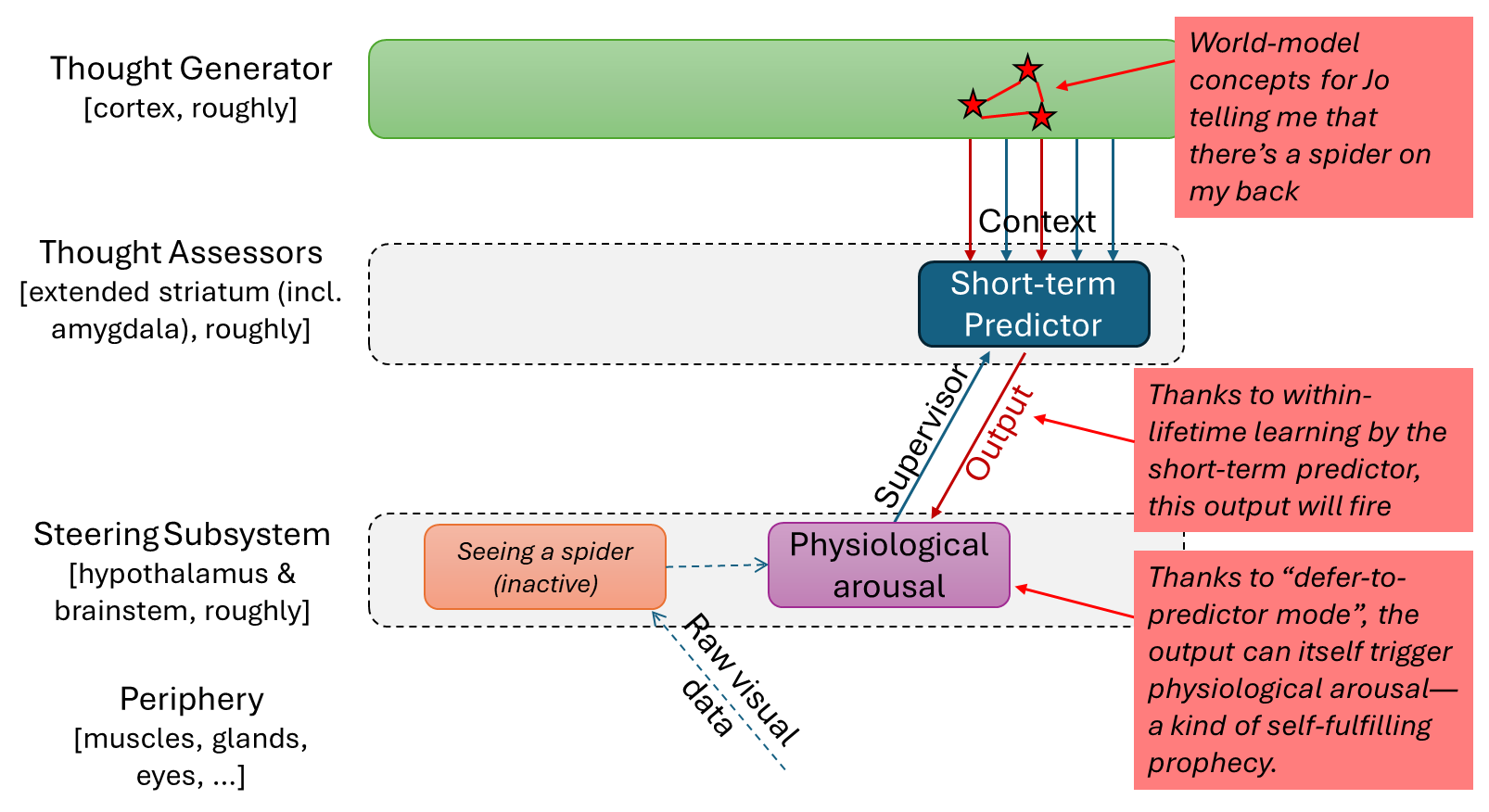 )
)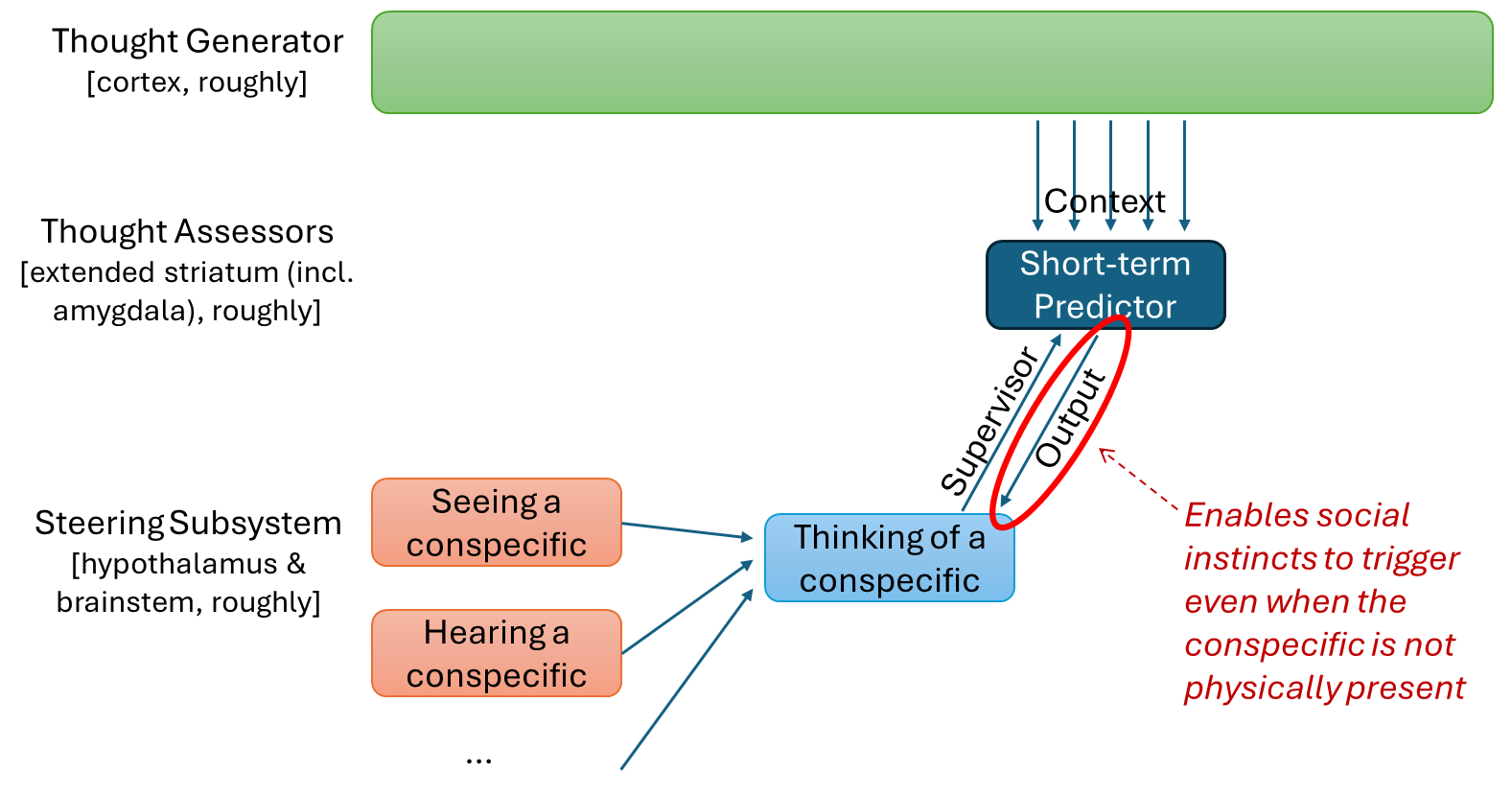 )
)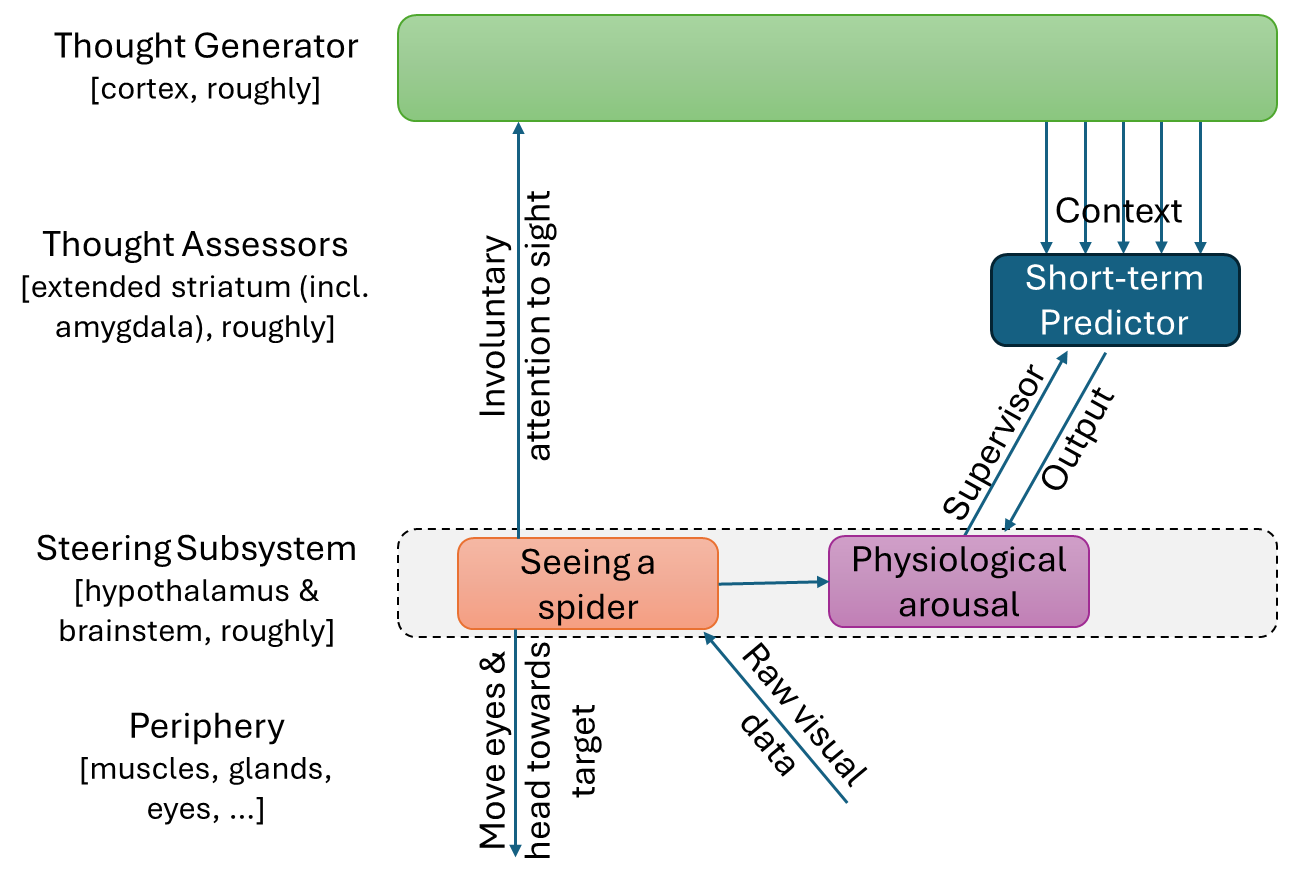 )
) )
) )
)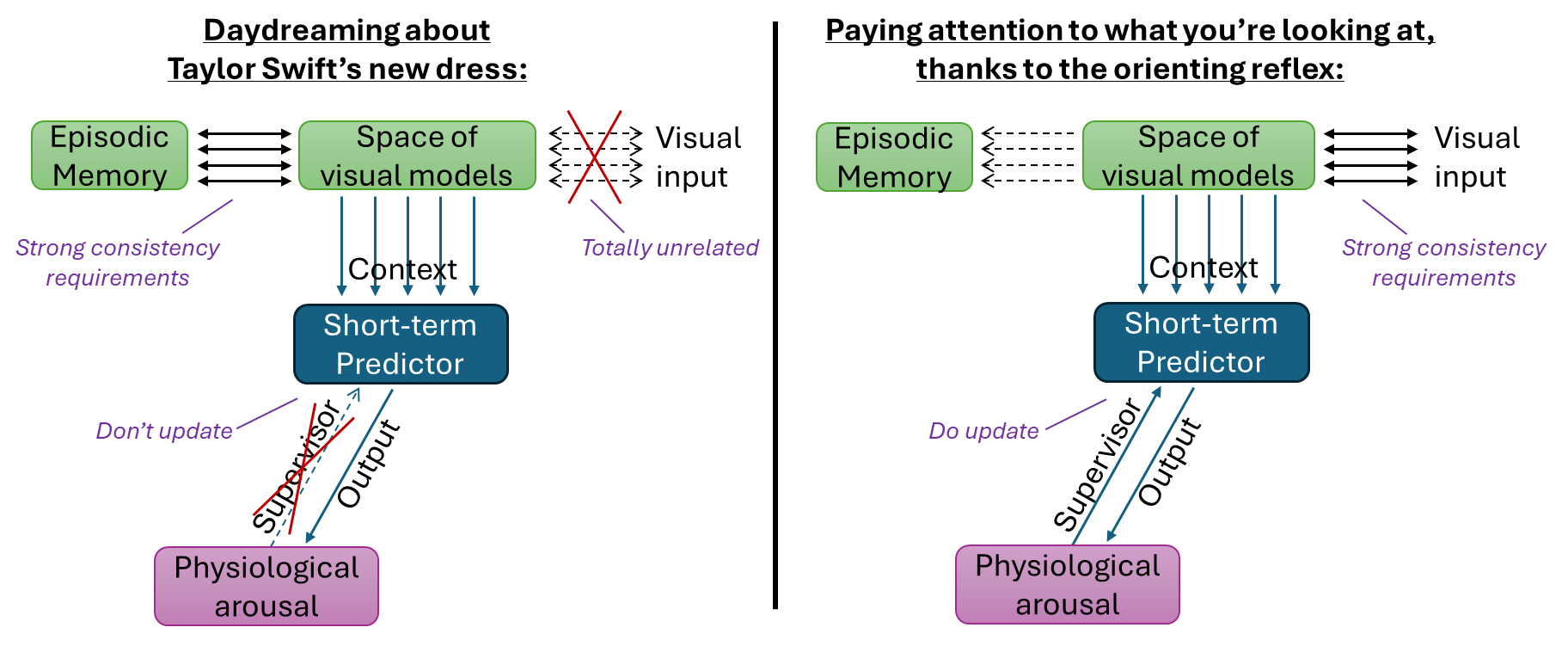 )
)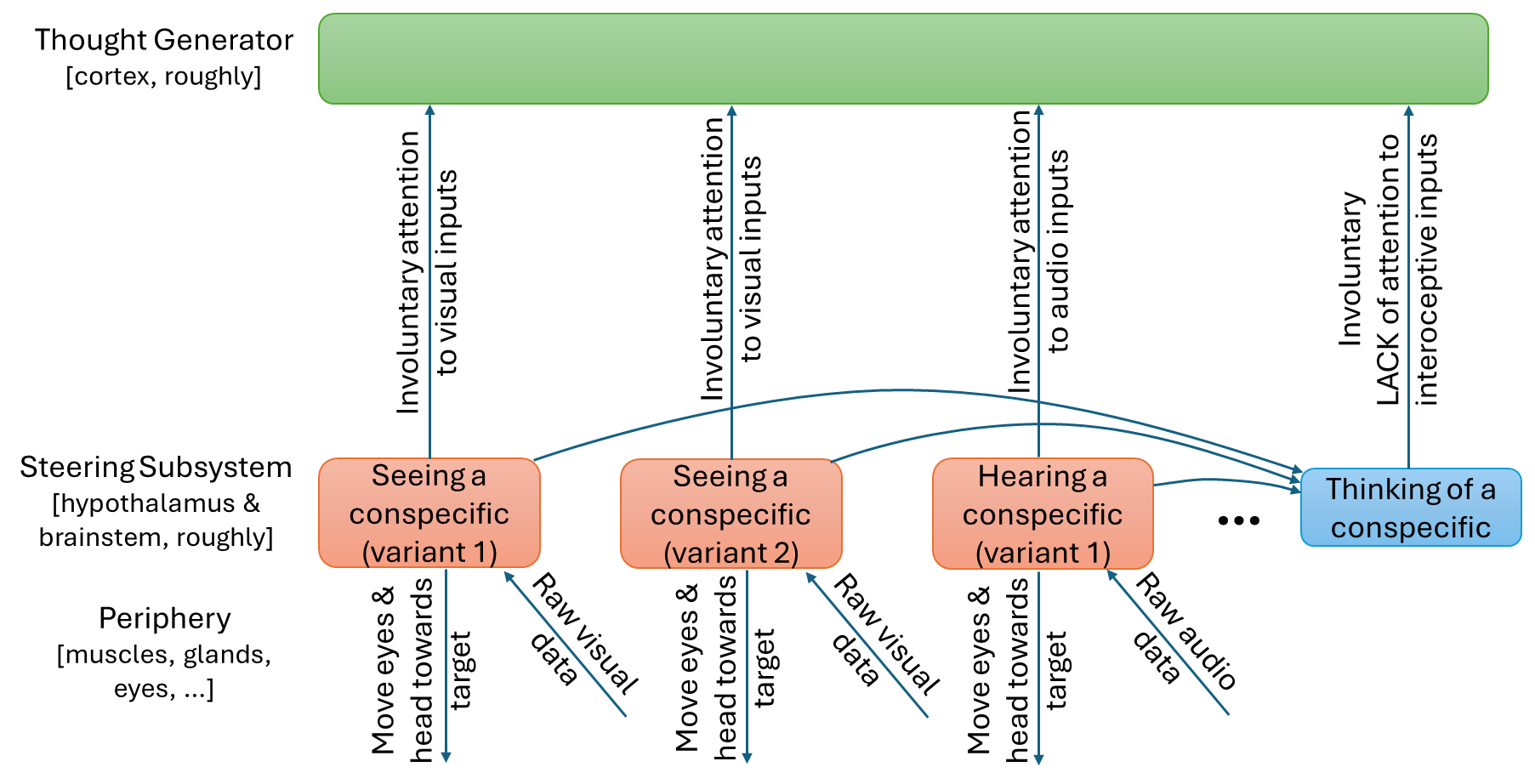 )
) )
)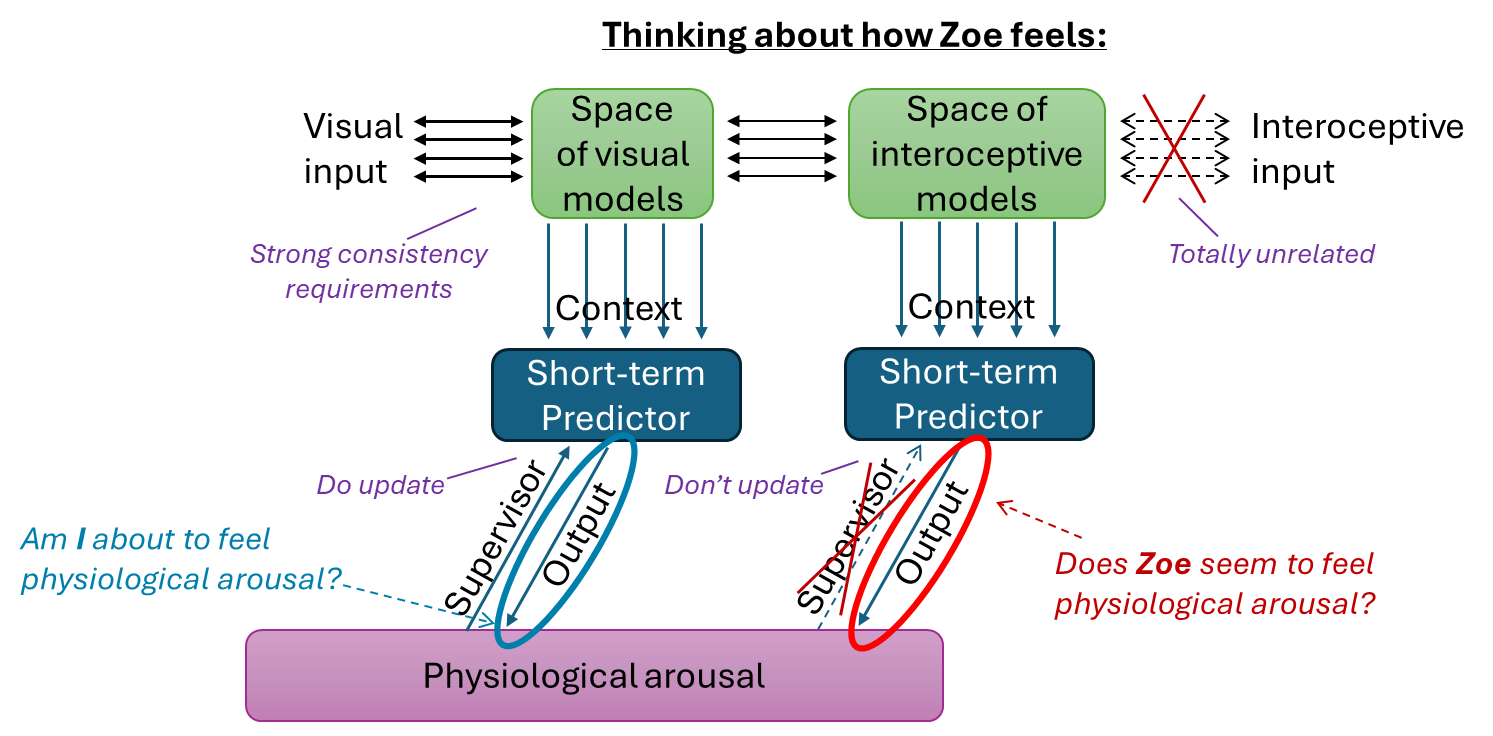 )
)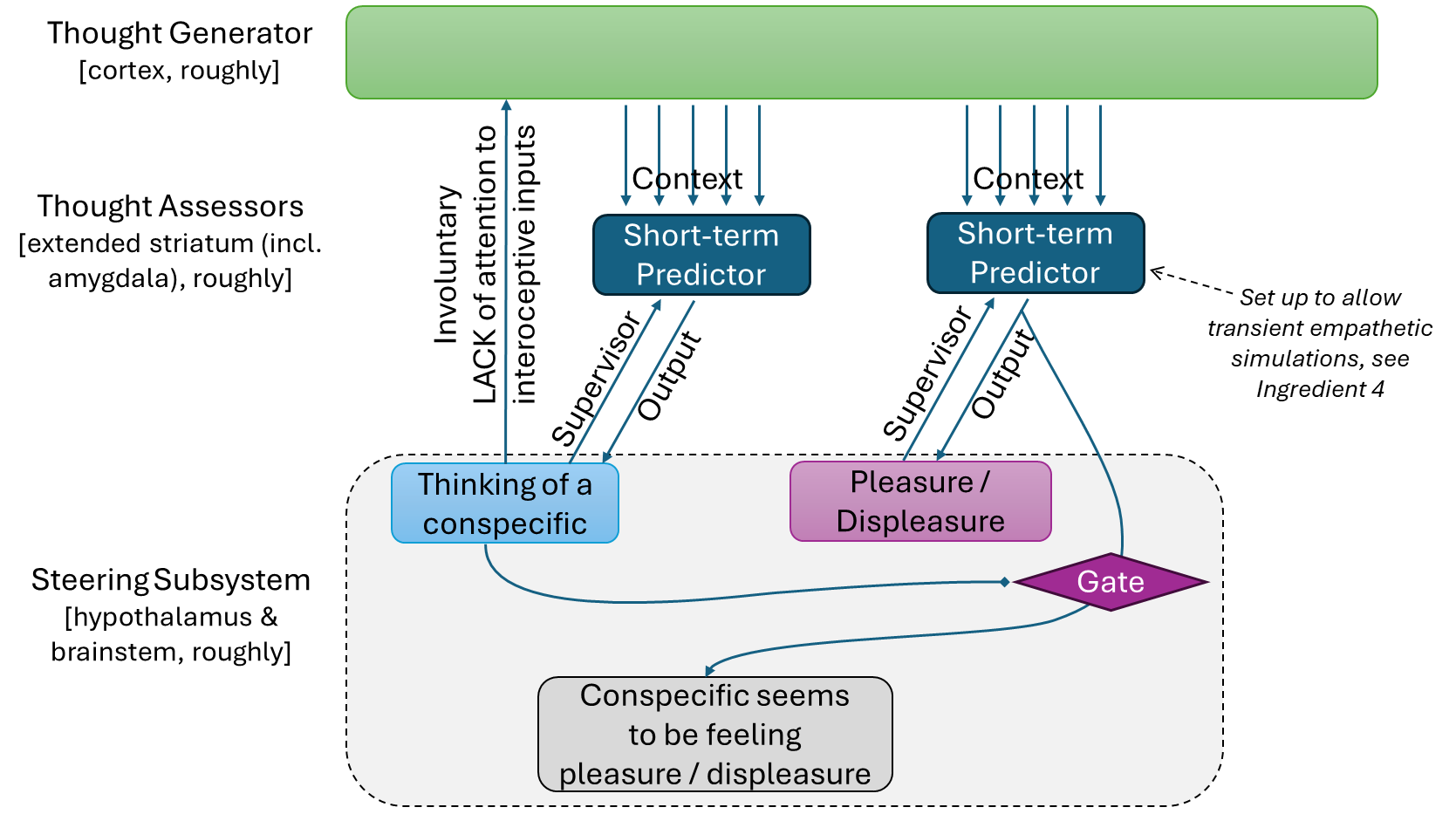 )
) )
)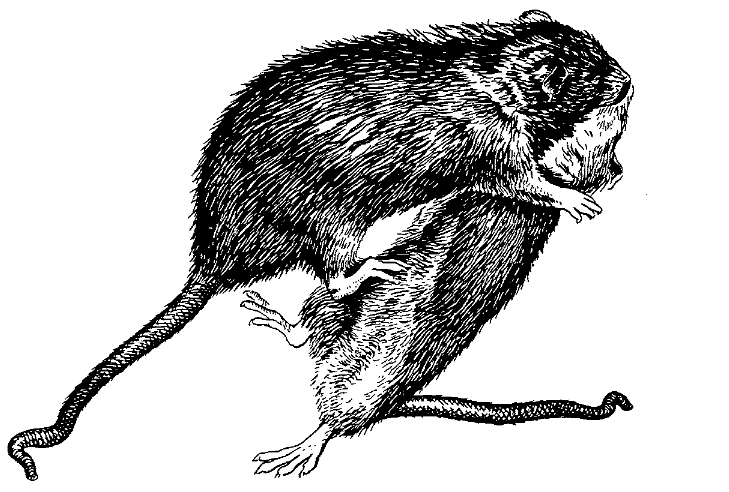 )
) )
)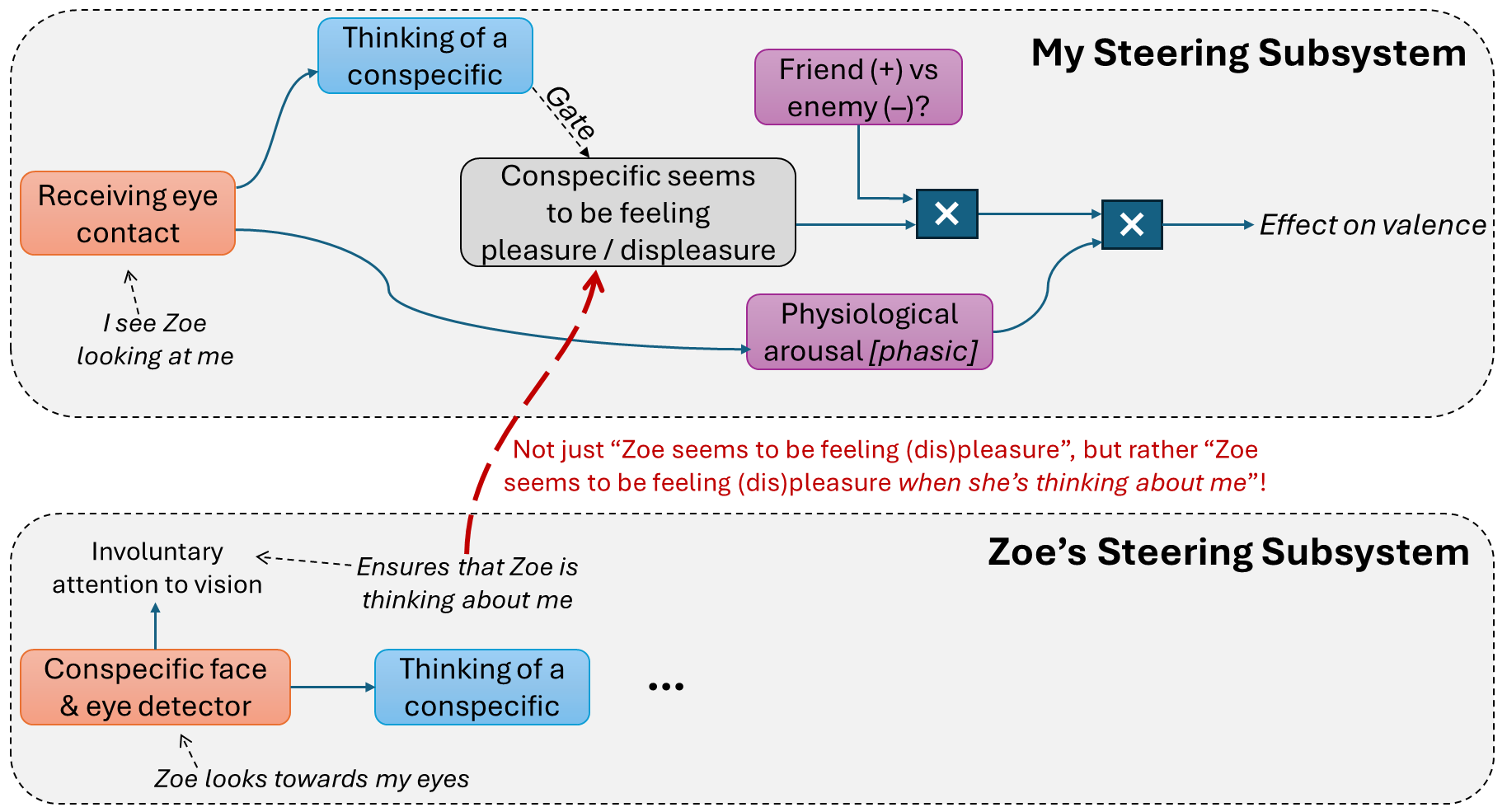 )
)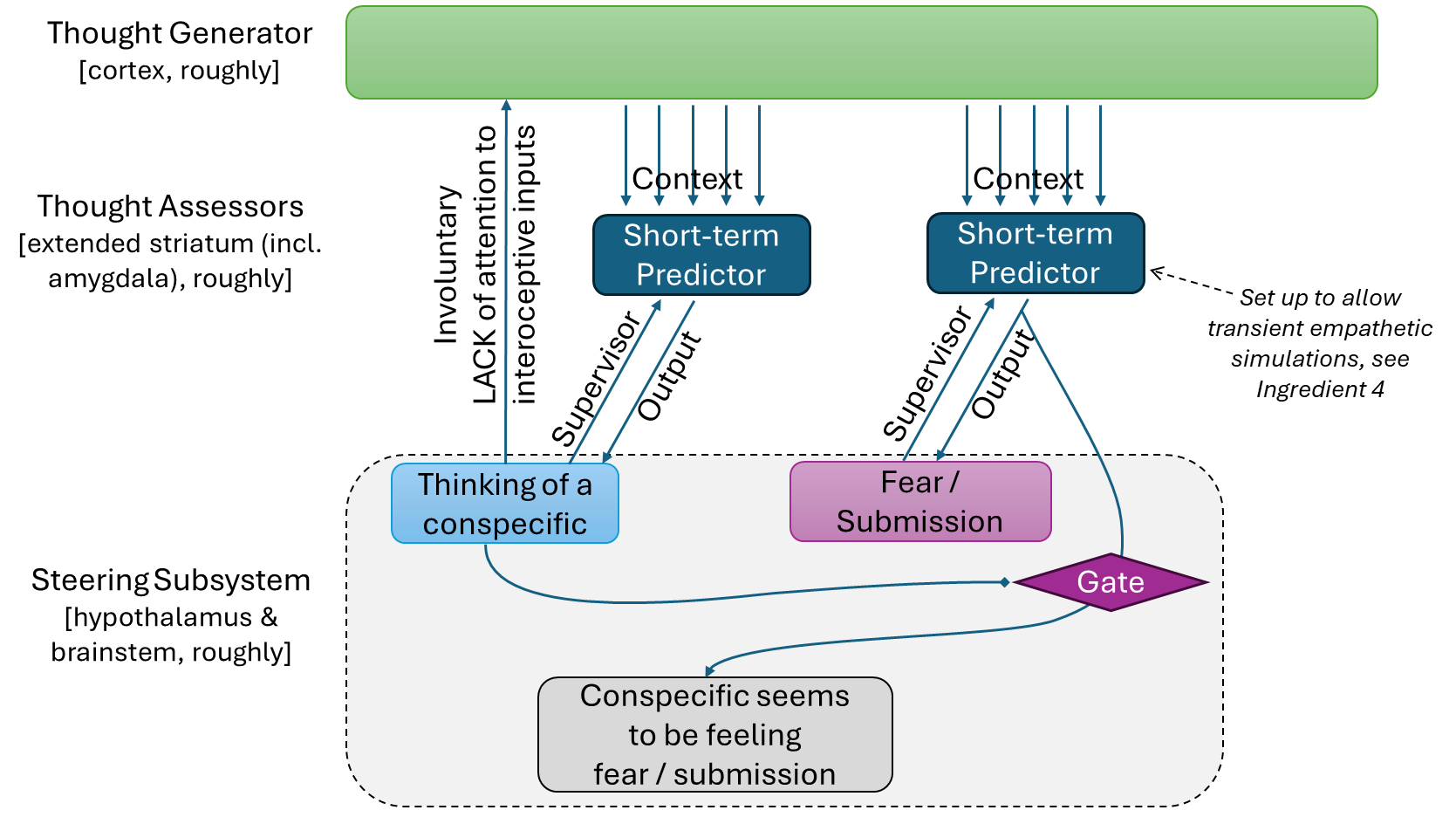 )
) )
) )
Apple Podcasts and Spotify do not show images in the episode description. Try Pocket Casts), or another podcast app.
)
Apple Podcasts and Spotify do not show images in the episode description. Try Pocket Casts), or another podcast app.